Our vines occupy 4 out of 17 hectares of the farm: for each vine we have chosen the best plot of land, respecting the biodiversity and the needs of the plants. We have planted three different vineyards on our land: the Pugnitello, the Foglia Tonda and the Colorino del Valdarno.
Today we would like to tell you more about Pugnitello, the type of grapes of the vineyard called “2 Venti”.
The vineyard “2 Venti”
The vineyard 2 Venti (which means “two winds”) expresses at best the duplicity of its territory. Thanks to its unique position, it benefits from the influence of the tramontana (north wind) and the libeccio (south-west wind), winds of sea and of mountain, which enhance the qualities and the flavour of the ancient grape called Pugnitello.
The soil is sandy loam, that is, a type of soil with proportions of sand, silt, and clay with dominance of sand. Calcium is consistently present. The vineyard, around 1 ha wide and 160 m high, faces south-north; despite the presence of the forest, the terroir is well ventilated.
Pugnitello: the vine training
The vine training is spur training, with short pruning – which is suitable for vines growing on buds at the base of the shoots. One of the remarkable features of this kind of training is the density of the implantation, that is, the number of the vines and their distance from each other. The distance between the cordon and the vine is important as well, because it influences the quality of the grapes, whereas the distance between the vines – if arranged in order to avoid shadowed spots – affects the amount of production.
Harvest is hand harvest, which respects the plant, the techniques and the traditions of the past; in accordance with natural rhythms, it usually takes place around the second half of September. After the harvest, the winemaking consists in spontaneous fermentation with starter in concrete tanks. The starter is fundamental for good fermentation. Later, wine ages in French durmast barrels for a first passage of 12 months and is ready to be sold after some time of refinement in bottle.
What kind of grapes is the Pugnitello?
In the second half of the 1980s, the University of Florence published some specific research focused on the rediscovery and re-evaluation of ancient autochthonous vineyards: following this research, many vineyards dating back to a distant past were brought back to light; in particular, in the area between Grosseto and Siena, the Pugnitello was identified.
The Pugnitello is characterized by a small, cone-shaped truncated bunch, very similar to a fist (hence the name: fist means “pugno”). It has good vitality, small productivity – therefore, its wine is very valuable – and presents a remarkable resistance to the main parasitic diseases.
One of its distinguishing features is the abundant presence of femminelle, that is, the sprouts growing from the buds of the shoots of the year (cacchi) – which are destined to produce this rare grape.
The Pugnitello wine has a beautiful deep red colour, almost opaque, with typical violet nuances; over time it “sweetens” to warmer tones. Smelling the glass gives an immediate and enveloping scent of ripe fruit, with notes of blueberry, cloves, and tobacco. In the mouth, the wine is velvety with sensations of berries; it is amazing for its balance of structure and acidity. The Pugnitello wine is well structured, with tannic flavour, but soft and not at all intrusive – a feature proving that Pugnitello can develop while ageing.
Pugnitello on the table: How can Pugnitello be matched?
For the curious and the connoisseurs, we add that the Pugnitello is a wine with great potential. It matches well with strong dishes, and in particular with the typical second courses of the Tuscan tradition: red meat, game (such as hare and boar), or the roasted Cinta Senese suckling pig. Vegetarians will appreciate the qualities of this wine while sipping it with medium and well-aged cheeses, such Pecorino di Pienza or formaggio di fossa (a cheese ripened in special underground pits).
BUY OUR WINES ONLINE
You can read this page also in:  IT
IT
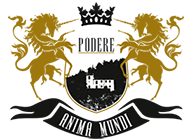
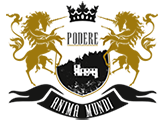
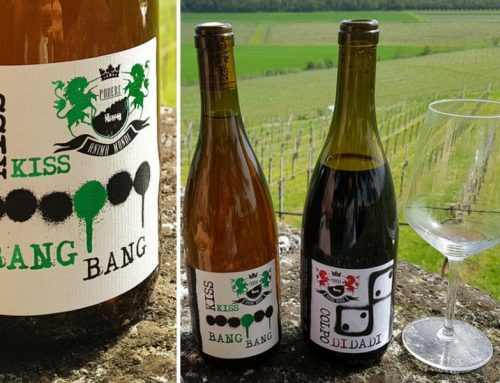
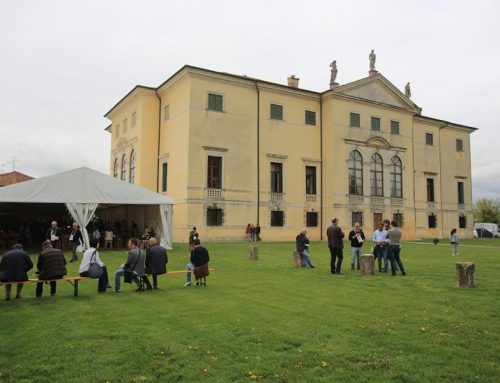

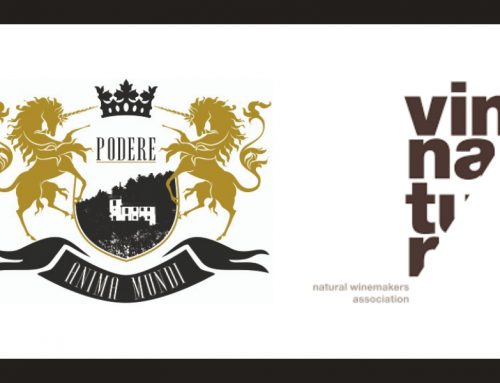

Leave A Comment